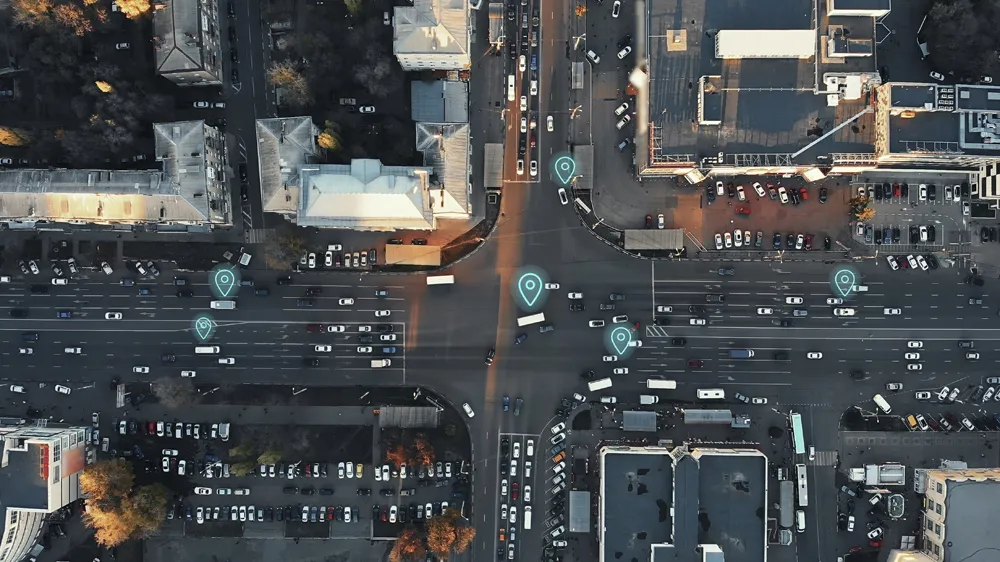T-Mobile SyncUP DRIVE plugs in to the car’s OBD-II (on-board diagnostics) port, standard on most cars built after 1996, is always on, doesn’t require charging and can be managed from a smartphone.
T-Mobile SyncUP DRIVE enables drivers to stay connected via the in-vehicle wi-fi hotspot on the 4G LTE network and analyse driving behaviour by keeping track of dangerous driving behaviour like speeding, harsh braking and rapid acceleration.
The system also enables drivers to keep track of family members by alerting them to the location and status of mobile cars without contacting the drivers, set speeding alerts to encourage safe driving behaviour and set alerts to be notified when the car enters or leaves a certain area.
Drivers can also locate their vehicle, from finding a parked car on a map, locating and tracking its car’s real-time driving location or delivering a notification if the device or the car has been tampered with, bumped or had the device removed.
It also acts as a virtual mechanic to drivers take care of their car and helps reduce repair costs by providing helpful maintenance reminders and instant notifications about car trouble.
T-Mobile launches all-in-one solution for in-vehicle 4G LTE connectivity
T-Mobile has unveiled its T-Mobile SyncUP DRIVE, an all-in-one connected car solution that transforms a car into a rolling wi-fi hotspot and gives added vehicle diagnostics, safety and security features. T-Mobile SyncUP DRIVE plugs in to the car’s OBD-II (on-board diagnostics) port, standard on most cars built after 1996, is always on, doesn’t require charging and can be managed from a smartphone.
November 9, 2016
Read time: 2 mins









